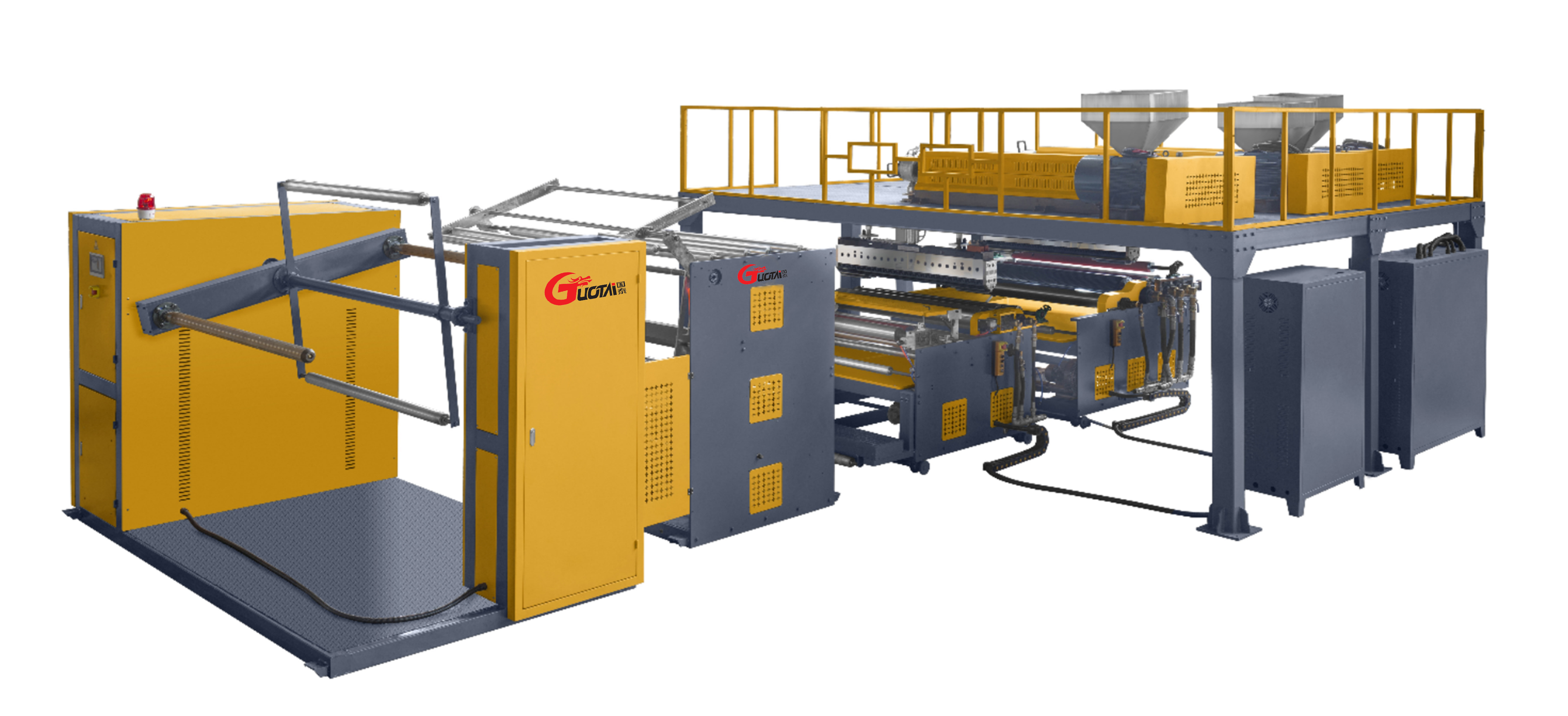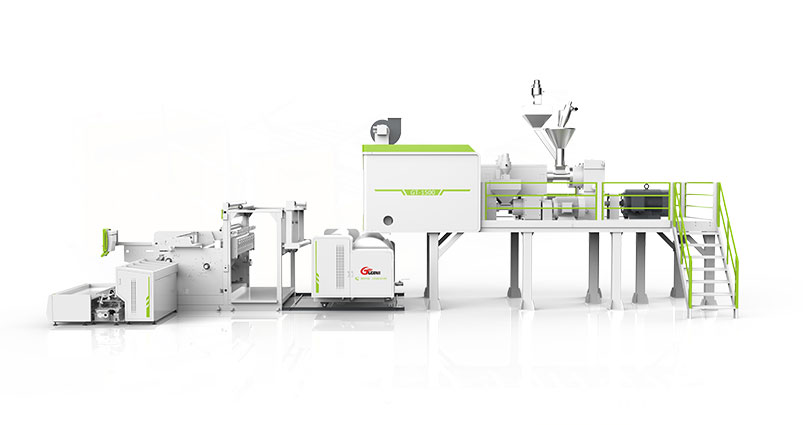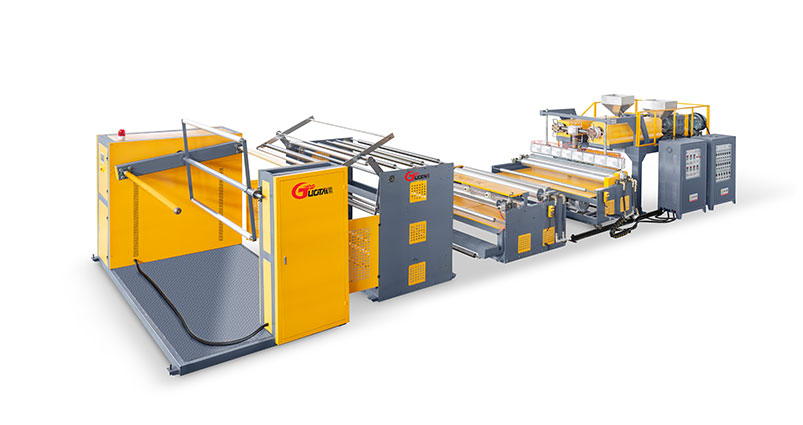The Fully Automatic Winding Film Machine Has Changed The Traditional Packaging Method
The fully automatic winding film machine has changed the traditional packaging method
The revolutionary automation of the wrapping film machine has changed the traditional packaging manufacturing method and the transmission mode of its products. It has shown significant effects in improving product quality and production efficiency, as well as eliminating processing errors and reducing labor intensity. Especially for industries such as food, beverages, pharmaceuticals, electronics, etc., it is crucial. The technology in automatic devices and system engineering is being further deepened and widely applied.
Robotics has changed the way humans coexist. The key to automatic packaging lies in designing a structural scheme that can achieve automatic control based on production processing or packaging processes. The selection of automatic devices (robotic arms or robots) depends on the requirements and characteristics of this process. According to the definition, an automatic device is a machine or mechanism that can complete tasks through automatic control or remote control methods. It can be simple, for example, a single axis pneumatic pressure linkage device that moves from one position to another; It can also be complex, for example, a robot with a six axis structure capable of performing surgical procedures. The selection of various projects in the packaging process and various industrial automation mechanisms can enable each design scheme to complete a task within a specific workspace space.
At present, there are various structural types of automatic devices. Can meet the needs of a specific operation. The structural characteristics of industrial robotic arms are between single axis and six axis. Based on the performance of this axis structure, the design of the robotic arm is to operate an end effector or arm tool under controllable motion programs. The number of axes represents the "degrees of freedom" of the robotic arm. In addition, there is an auxiliary arm. For example, the shafts of the conveyor belt are usually not mechanically connected to the main arm of the robotic arm. For different forms of robotic arms, they are generally classified based on the coordinate system composed of their three main axes of "x", "y", and "z". Most machinery belongs to one of the following five basic types: Cartesian or Cartesian coordinate system, cylindrical coordinate system, rotating or hinged coordinate system, spherical or polar coordinate system, and flexible selection combination manipulator (SCARA).
For You!







